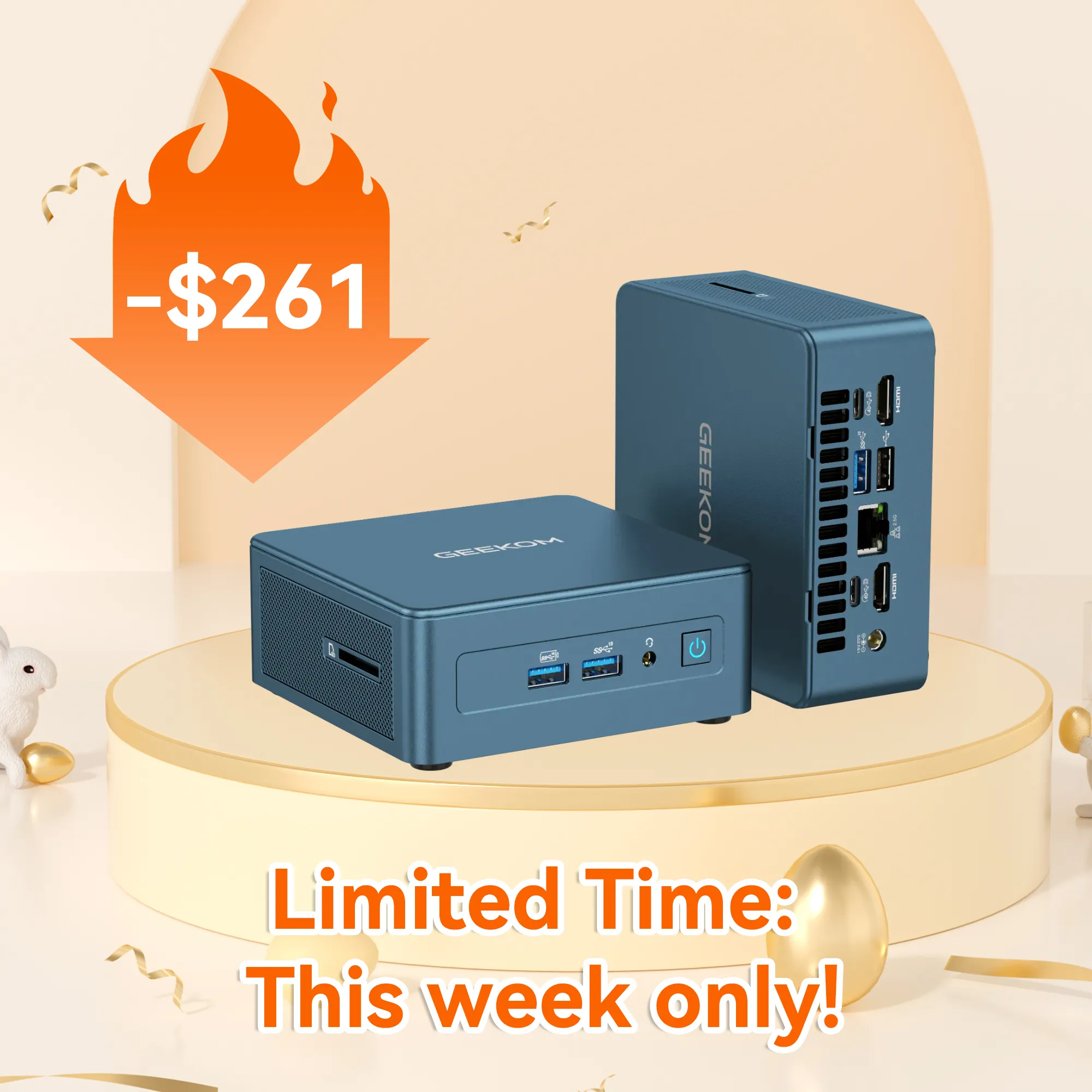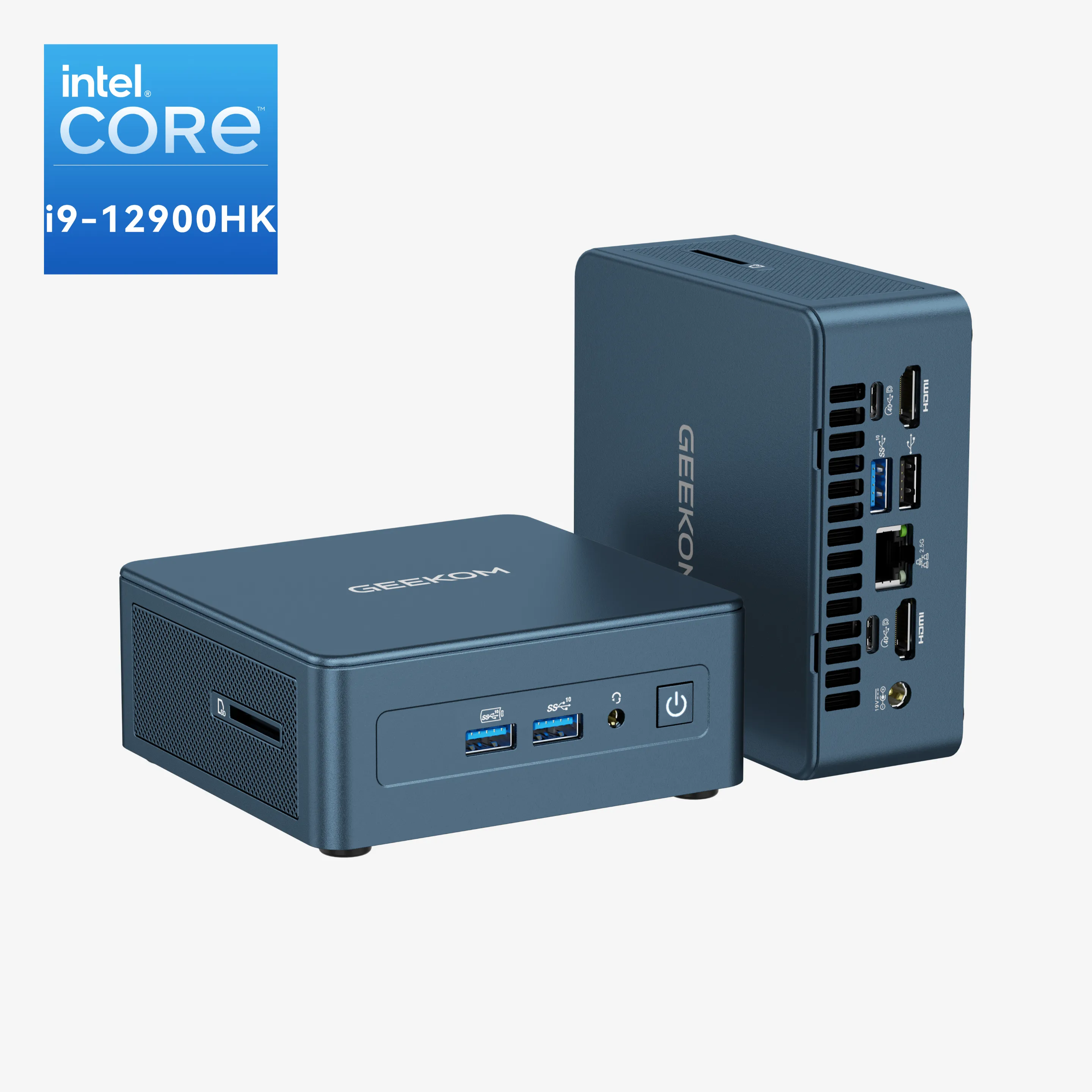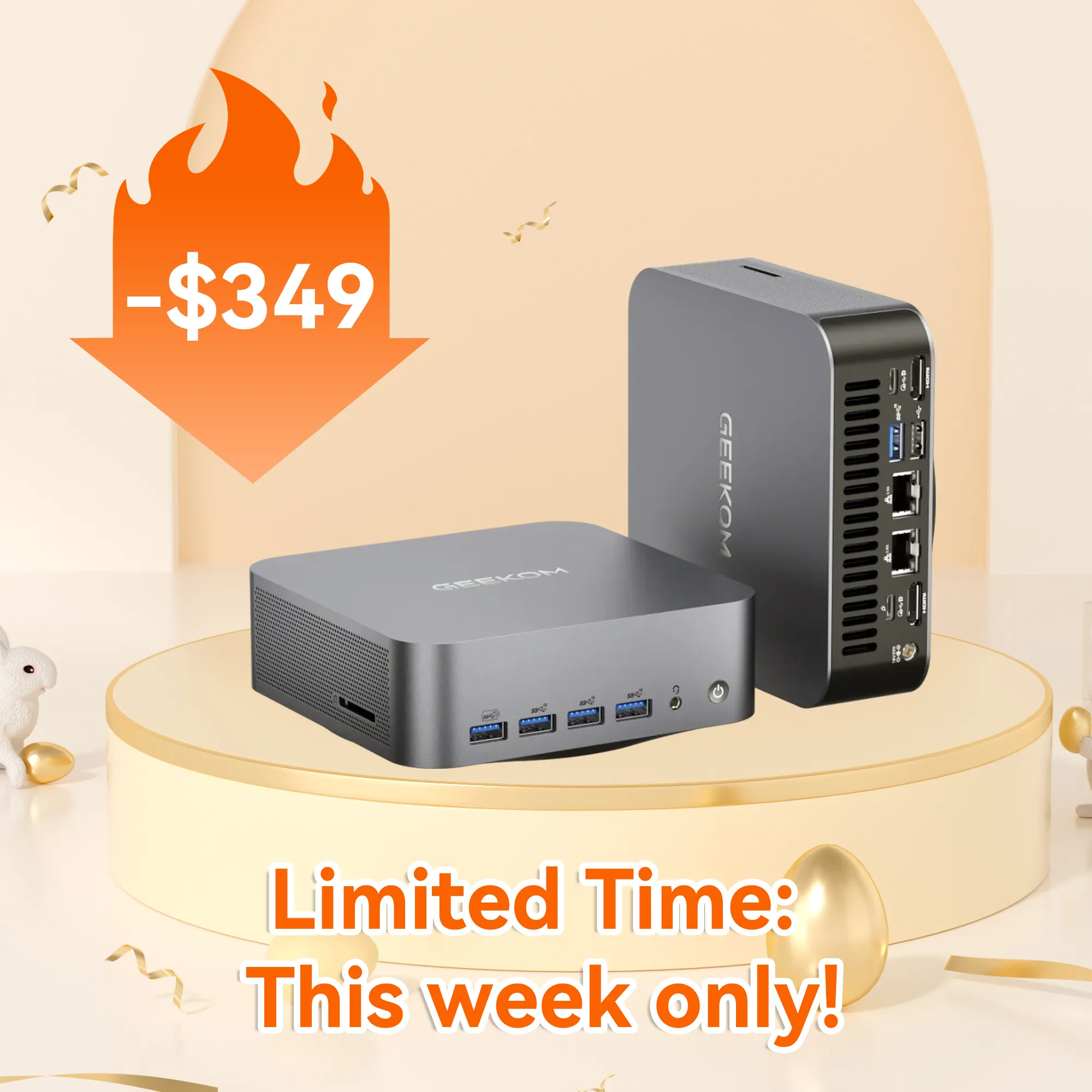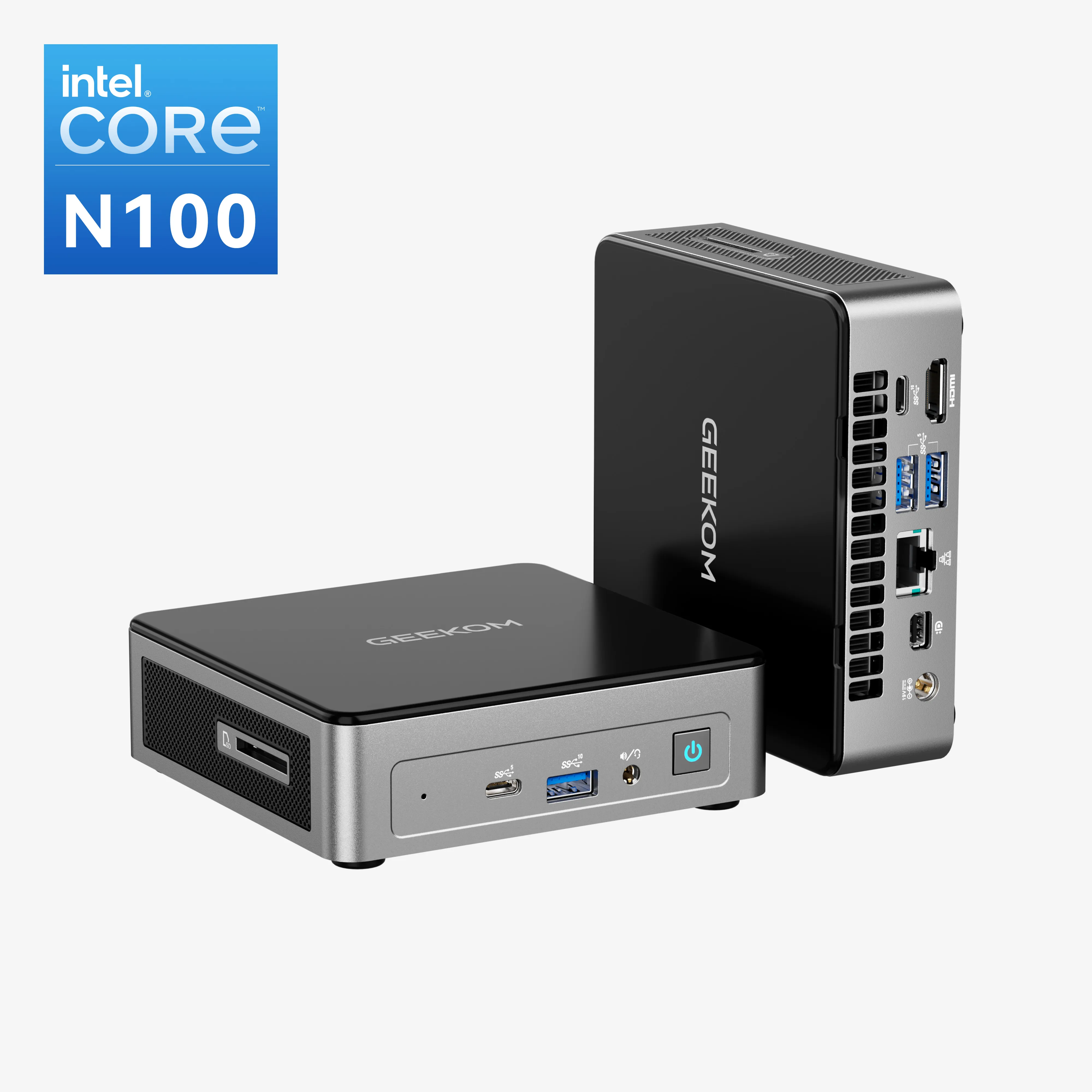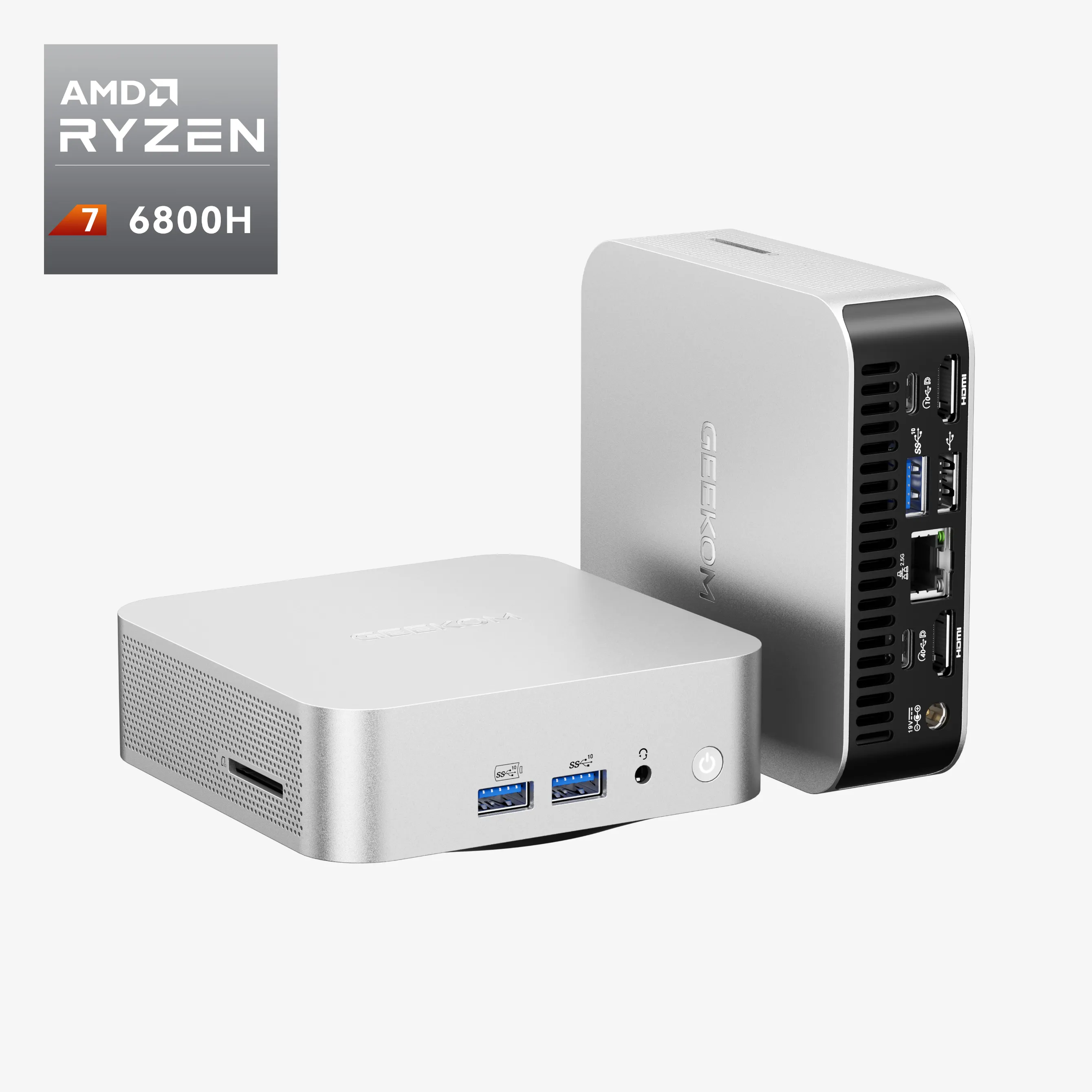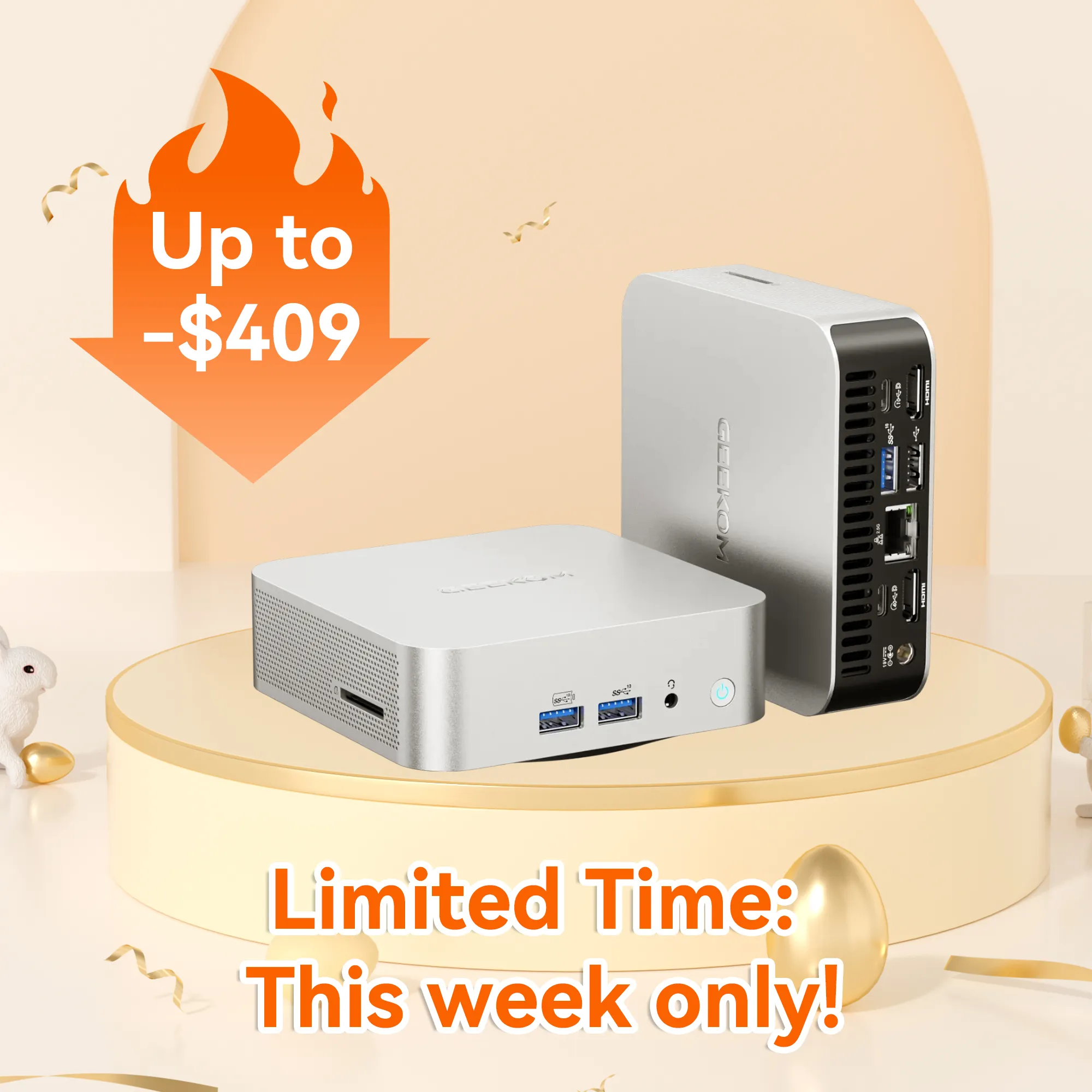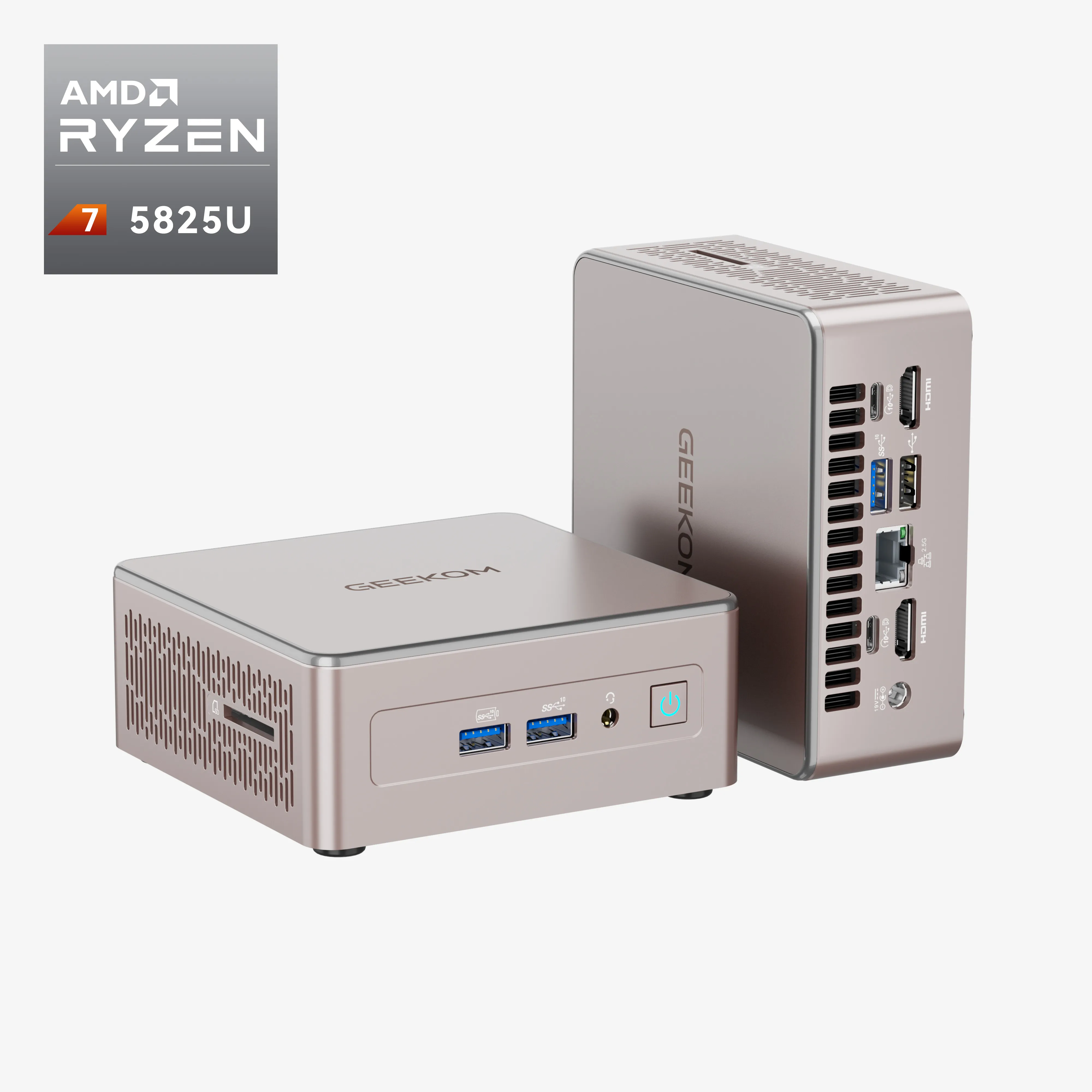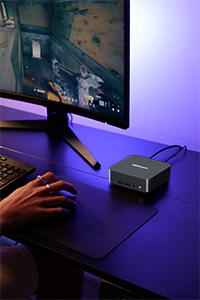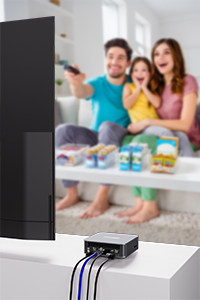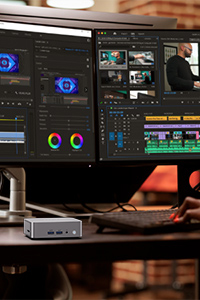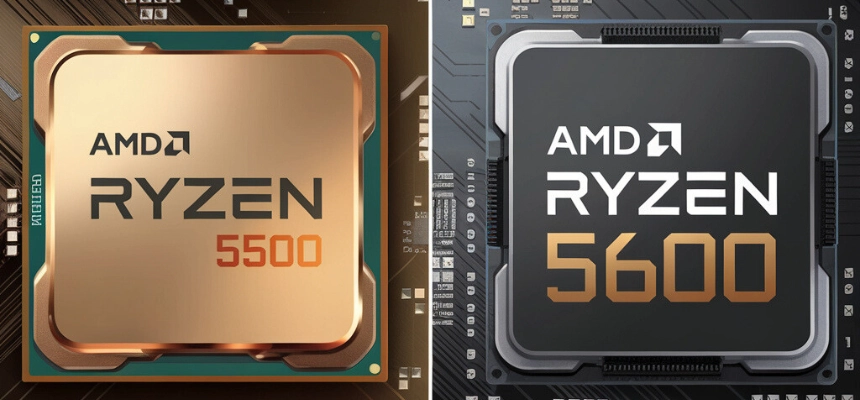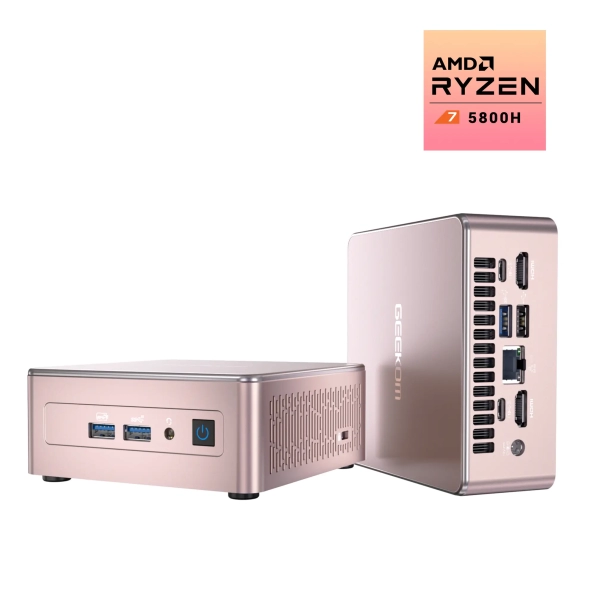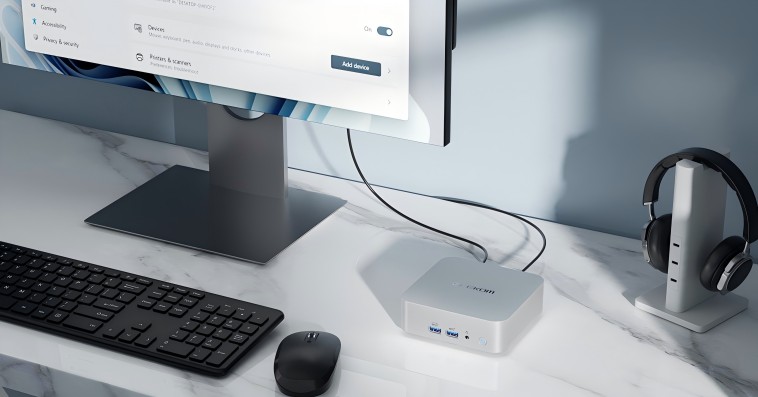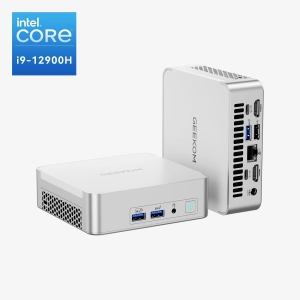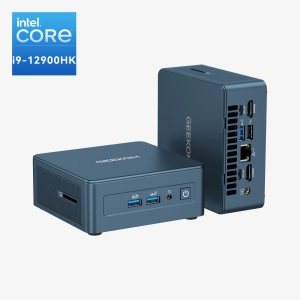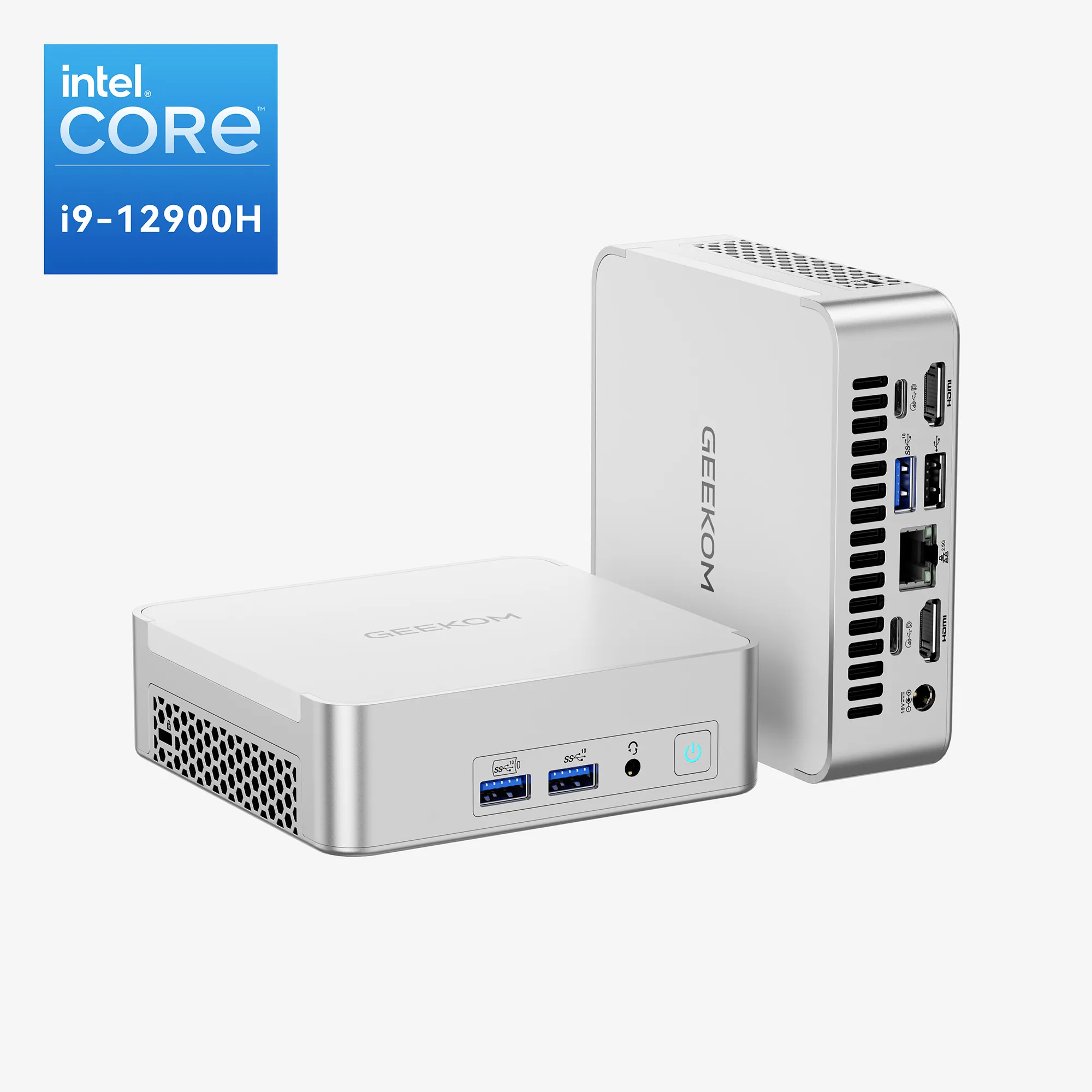Introduction
If you have been checking out the AMD Ryzen 5 range, you must have come across the AMD 5 5500 and 5600, which are expected to be hot favourites in the mid-range CPU segment. At first glance, both processors seem almost identical, but some significant differences can affect your gaming and productivity experience. Whether you’re a value-conscious gamer on a quest for higher frame rates or a multitasker in need of a decent processor for everyday workloads and creative tasks, choosing the right one can make a big difference.
So, where do the Ryzen 5 5500 and 5600 differ? Is the 5600 worth the extra cost, or does it offer more power over the 5500 for casual use? We’ll break down the architectures, gaming benchmarks, productivity performance, and price-to-performance ratio, helping you decide which one suits your needs (and your budget)! So, let’s find out.
5500 vs 5600 Specs And Processor Architecture
The Ryzen 5 5500 and Ryzen 5 5600 have both been built on AMD’s Zen 3 architecture and are hugely accepted by people for their overall performance and efficiency along with price compatibility. While the two are fairly similar in many aspects, however, some schema specifications might be different among other tiered designs and, thus depending on other limits, would make variations in performance from another perspective. Here is a detailed comparison of the specs in tabular form:
| Specification | AMD Ryzen 5 5500 | AMD Ryzen 5 5600 |
| Cores/Threads | 6 cores / 12 threads | 6 cores / 12 threads |
| Base Clock | 3.6 GHz | 3.5 GHz |
| Boost Clock | Up to 4.2 GHz | Up to 4.4 GHz |
| Total L2 Cache | 3MB | 3MB |
| Total L3 Cache | 16MB | 32MB |
| TDP (Thermal Design Power) | 65W | 65W |
That said, they are quite similar, starting with the number of cores and threads—they’re identical—meaning both CPUs can multitask and handle parallel workloads. However, the Ryzen 5 5600 clocks at a slightly higher frequency than the 5500, with a 4.2 GHz boost versus 4.0 GHz. This gives the 5600 an edge in single-threaded performance, which is particularly important for gaming.
Another significant difference lies in the L3 cache. The 5600 has 32 MB, double the 5500’s 16 MB in this aspect; this will undoubtedly affect your gaming and data-heavy applications. Simply put, the larger cache improves the CPU’s ability to deliver the data quickly, thus reducing latency and improving overall performance, particularly on heavier workloads.
Moreover, the 5600 features PCIe 4.0 support, allowing faster data transfers for graphics cards and SSDs, while the 5500 is limited to PCIe 3.0. Depending on your build’s needs, this difference could be significant or even game-changing.
Ryzen 5 5500 vs Ryzen 5 5600: Performance Comparison in Gaming
When it comes to gaming, both the Ryzen 5 5500 and Ryzen 5 5600 deliver solid performance, but there are a few important differences that might help you decide which one is right for your setup. While having an equal number of cores and threads, the Ryzen 5 5600 has shown overall better performance than the 5500 due to its higher boost clock speed and larger L3 cache, allowing for better faceful data during gaming.
Here’s a look at estimated FPS performance in popular games, tested with an RTX 4060 at 1080p (high picture quality):
| Game | Ryzen 5 5500 (FPS) | Ryzen 5 5600 (FPS) |
| Cyberpunk 2077 | 131 FPS | 135 FPS |
| Shadow of the Tomb Raider | 170 FPS | 179 FPS |
| Far Cry 6 | 195 FPS | 205 FPS |
| Assassin’s Creed Valhalla | 147 FPS | 149 FPS |
| Forza Horizon 5 | 243 FPS | 245 FPS |
| Rainbow Six Siege | 266 FPS | 281 FPS |
As you can see, the Ryzen 5 5600 consistently achieves higher frame rates across various games, though the difference ranges from modest to noticeable. In games like Far Cry 6 and Shadow of the Tomb Raider, the 5600’s additional cache and slightly higher clock speed translate into smoother gameplay and better performance, especially in scenes with complex textures and fast movements. Even in less demanding games like Rainbow Six Siege, the extra frames can make a difference for competitive players who want every possible edge.
Overall, the Ryzen 5 5600 is a better choice for gamers who want a bit more power and smoother gameplay, particularly in titles that push the CPU. However, the Ryzen 5 5500 still holds its own, delivering a strong performance that makes it an appealing budget-friendly option for those who don’t need to squeeze out every last frame.
If you think the 5600 series can’t meet your requirements, you can try to choose a higher quality CPU: Ryzen 5 7600 Vs 7600X: Differences You’ll Want To Know
Productivity and Multithreading Performance
The Ryzen 5 5500 and 5600 have a strong multi-core design and support 6 cores and 12 threads. The high boost clock and increased L3 cache of the 5600 further boost its prowess in tasks such as video editing, 3D rendering, and multitasking, albeit with some minor improvements.
That said, here’s a summary of the performance of the two processors in head-to-head performance comparisons across top-notch productivity applications:
| Benchmark/Application | Ryzen 5 5500 | Ryzen 5 5600 |
| Cinebench R23 (Multi-core) | 10,550 points | 11,800 points |
| Blender (Classroom Render, lower is better) | 172 seconds | 158 seconds |
| Adobe Premiere Pro (4K Export) | 225 seconds | 210 seconds |
| Geekbench 5 (Multi-core) | 6,700 points | 7,300 points |
It can be seen from the table that Ryzen 5 5600 gets the highest scores in a range of productive requests. The bigger cache and higher clock speeds help a lot in manipulating operations on big files or multiple processes at once. In Blender, the 5600 renders quicker, and in Adobe Premiere Pro, it saves seconds in exports. It might be minimal to some, but stacks when you build onto workload in professional workflows.
Those who wish to focus on multitasking or creative work will be wiser to choose the Ryzen 5 5600, whereas, for moderate needs, the Ryzen 5 5500 will still deliver decent performance at a lower price and thus can be counted as a great option for day-to-day multitasking alongside some casual demands.
Power Efficiency and Consumption
Both Ryzen 5 5500 and 5600 are made to have an excellent power rating within the maximum thermal design power of 65 watts each. Thanks mainly to its higher boost clock and a smaller cache, the Ryzen 5 5600 would use a little more power than the other under heavy load or overclocking situations. Both are practically even against each other, if not worked in specific workloads or overclocking that may happen during gaming.
In terms of performance-per-watt, however, the Ryzen 5600 does gain a bit of an edge, primarily in workloads that benefit from faster clock speeds and the larger L3 cache. LightGames do tend to favour the 5600, in a quest to add more performance while harnessing a little less power. Generally speaking, though, both CPUs should suit someone eager to enjoy getting more performance for the power requirements, with one outsider- that being 5600-a huge efficient push.
Overclocking Potential and Thermal Performance
Both CPUs have a TDP of 65W which makes them relatively power efficient, but overclocking will only increase power consumption and boost heat output. Generally, the Ryzen 5 5600 will provide higher performance than the 5500, since it typically runs at higher temperatures when overclocked, being rated for higher performance. However, both are relatively easy to handle when supplied with good thermal solutions, and good aftermarket cooling or case ventilation should keep them well cool for more ordinary users.
Both CPUs have a TDP of 65W, meaning they are comparatively energy-efficient, and overclocking will increase power consumption and heat output. The Ryzen 5 5600 provides higher performance than the 5500, usually running hotter in an overclocked state because it is rated for better performance. However, both are fairly manageable with good thermal solutions; good aftermarket cooling or case ventilation should keep them well-cooled for the average user.
If you want a CPU that lets you get a lot more performance through overclocking, try to get the Ryzen 5 5600. With additional stability in high settings of clock rate, it allows a heavier workload without the risk of throttling. The Ryzen 5 5500, on the other hand, has still good overclocking potential but may need to temper into a lesser overclock to avoid hitting thermal limits.
Price and Value For Money
While there are different customers in target markets, the 5500 and 5600 are pretty much the same CPUs. The 5500 provides a cheaper but decent performance for everyday tasks and some gaming. But the 5600 is perfect in case you’re a heavy user who wants a performance boost in gaming and productivity applications. But the price difference is not going to be huge.
Honestly, for the most frames per dollar, gamers ought to buy 5600, thanks to its higher clock speeds and bigger cache. In case you want to build on a tighter budget and you’re okay with a little less performance in games and productivity tasks, the 5500 will still provide good value for your money.
Overall, both CPUs are decent and almost run off each other in terms of value for money spent.
Recommend Product:
★★★★★ ( 4.9 Based on 40 reviews)
- AMD Ryzen™ 7 5825U Processor & Radeon™ Vega 8 Graphics.
- Up to 64GB dual-channel DDR4-3200 RAM.
- PCIe 3.0 ×4 NVMe/SATA SSD with up to 2TB of storage.
- Comprehensive I/O ports for full-featured connectivity.
- Support for 8K displays and multiple screens.
- 2.5G Ethernet, Wi-Fi 6 and Bluetooth® v5.2.
Conclusion
That said, the differences between the Ryzen 5 5500 and 5600 might not be substantial, but the 5600 does have an edge between the two options, and it’s no surprise that it comes at a higher price. For users looking for a good value product, I would recommend the 5500.
However, considering platform discounts and the fact that the 5600 is often only slightly more expensive than the 5500, the price difference isn’t too significant, but it ultimately depends on your needs. However, considering platform discounts and the fact that the 5600 is often only slightly more expensive than the 5500, the price difference isn’t too significant, but it ultimately depends on your needs.



